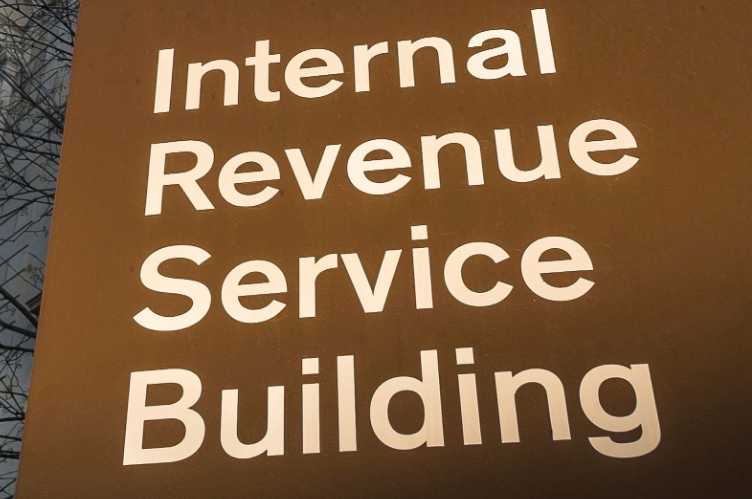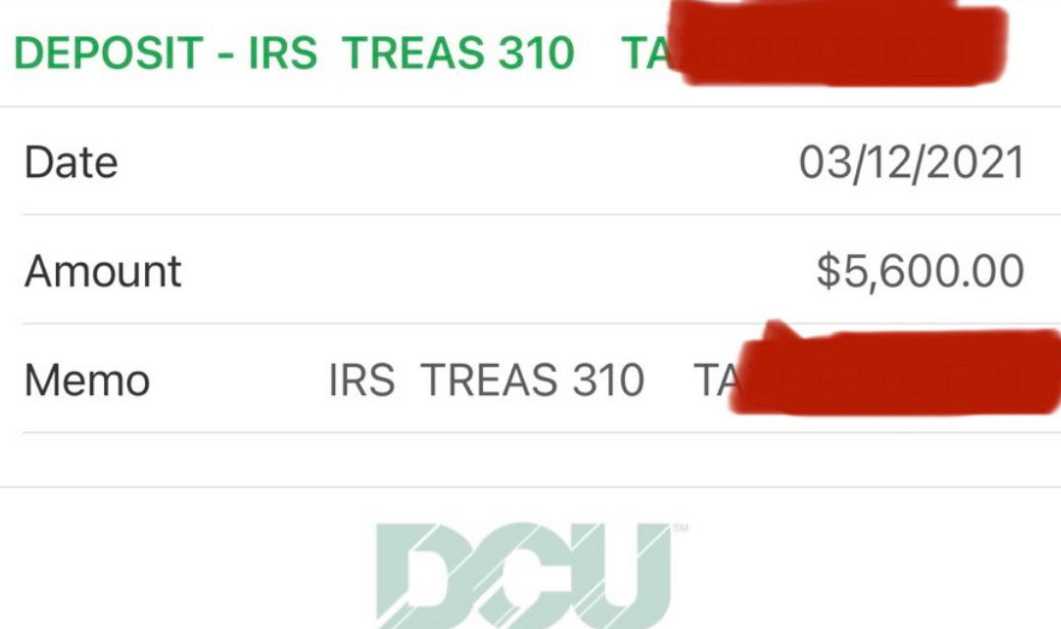WASHINGTON – The Internal Revenue Service reminds taxpayers about the upcoming Oct. 15 due date to file 2020 tax returns. People who asked for an extension should file on or before the extension deadline to avoid the penalty for filing late. Electronic filing options, such as IRS Free File, are still available.
Although Oct. 15 is the last day for most people to file, some taxpayers may have more time. They include:
- Members of the military and others serving in a combat zone. They typically have 180 days after they leave the combat zone to file returns and pay any taxes due.
- Taxpayers in federally declared disaster areas who already had valid extensions. For details, see the disaster relief page on IRS.gov.
There is usually no penalty for failure to file if the taxpayer is due a refund. However, people who wait too long to file and claim a refund, risk losing it altogether. Those who have yet to file a 2020 tax return, owe tax, and did not request an extension can generally avoid additional penalties and interest by filing the return as soon as possible and paying any taxes owed.
Schedule federal tax payments electronically
Taxpayers can file now and schedule their federal tax payments up to the Oct. 15 due date. They can pay online, by phone or with their mobile device and the IRS2Go app. When paying federal taxes electronically taxpayers should remember:
- Electronic payment options are the optimal way to make a tax payment.
- They can pay when they file electronically using tax software online. If using a tax preparer, taxpayers should ask the preparer to make the tax payment through an electronic funds withdrawal from a bank account.
- IRS Direct Pay allows taxpayers to pay online directly from a checking or savings account for free, and to schedule payments up to 365 days in advance.
- Choices to pay with a credit card, debit card or digital wallet option are available through a payment processor. The payment processor, not the IRS, charges a fee for this service.
- The IRS2Go app provides the mobile-friendly payment options, including Direct Pay and debit or credit card payments on mobile devices.
- The Electronic Federal Tax Payment System is convenient safe and easy. Choose to pay online or by phone by using the EFTPS Voice Response System.
View tax account online
Taxpayers can use their online account to securely see important information when preparing to file their tax return or following up on balances or notices. This includes:
- Adjusted Gross Income: This can be useful if using a different tax software or tax preparer this year.
- Economic Impact Payment amounts: Eligible individuals who did not receive the full amounts of both Economic Impact Payments may claim the Recovery Rebate Credit on their 2020 federal tax return. To claim the full amount, taxpayers will need to know the amounts of the Economic Impact Payments received. These amounts can be found on the Tax Records tab in online account.
- Estimated tax payment amounts: The total of any estimated tax payments made during the year or refunds applied as a credit can be found on the Account Balance tab in online account, and a record of each payment appears under Payment Activity.
Additionally, taxpayers can view the:
- Amount owed for any past years, updated for the current calendar day,
- Payment history and any scheduled or pending payments,
- Payment plan details,
- Digital copies of select notices from the IRS, and
- Approve or reject authorization requests from tax professionals.
Choose direct deposit for refunds
The safest and fastest way for people to get a refund is to file electronically and have their refund electronically deposited into their bank or other financial account. Taxpayers can use direct deposit to deposit their refund into one, two or even three accounts. They can also purchase U.S. Savings Bonds.
People who don’t have a bank account can go to the FDIC website or the National Credit Union Association to use their Credit Union Locator Tool for information on where to open an online bank or credit union account. Veterans can use the Veterans Benefits Banking Program (VBBP) for access to financial services at participating banks.
Monthly advance Child Tax Credit payments
Millions of American families currently receive monthly advance Child Tax Credit payments either through direct deposit or paper check. These payments represent half of the increased Child Tax Credit from the American Rescue Plan and will continue through the end of the year.
For those eligible and on extension for their 2020 tax returns, the IRS is using previous year tax information, 2019 for most, to determine the credit amount. The IRS urges people who requested an extension to file as soon as possible if they experienced a major change such as the birth of a child in 2020. Once that return is processed, the IRS can calculate the credit based on the 2020 return and pay it out in full over the remaining months in 2021.
Those who file and have their 2020 return processed on or before Nov. 1, may be eligible for two payments of half the credit in 2021. Similarly, people who file and have their return processed on or before Nov. 29, may be eligible for one payment.
To speed the processing of returns and to avoid delays, the IRS urges everyone to file electronically.
Complete information on the advance Child Tax Credit is available on IRS.gov.
Act soon to claim missing stimulus payments
For anyone who missed out on the first two rounds of stimulus payments, it’s not too late. People who didn’t get a first and second Economic Impact Payment or got less than the full amounts can get that missing money if they’re eligible for it, but they need to act soon.
When it comes to missing stimulus payments, it’s critical that eligible people file a 2020 tax return or use the Child Tax Credit Non-filer Sign-up Tool soon even if they don’t usually file to provide information the IRS needs to send the payments. The IRS will also automatically evaluate the taxpayer’s eligibility for the third economic impact payment when the 2020 return is processed.
The IRS will continue to issue eligible taxpayers their third economic impact payment and plus-up payments through the end of 2021. File a 2020 tax return electronically as soon as possible to give the IRS time to process and issue the payments before the end of 2021.
IRS.gov assistance
Taxpayers will find answers to many questions using the Interactive Tax Assistant (ITA), a tax law resource that works using a series of questions and responses. Additionally, the IRS provides payment options at IRS.gov/payments and tax information is available in several languages by clicking on the “English” tab on the front page of IRS.gov.
-30-[content id=”79272″]





